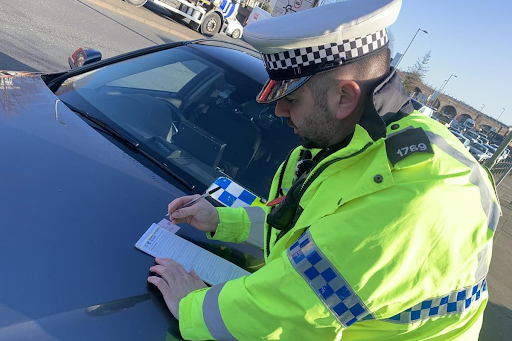Best Practices For Implementing Traffic Control Plans On Highways
Managing traffic on highways during construction, maintenance, or emergency situations requires precision, planning, and foresight. Without a clear system in place, drivers face confusion and danger, and workers risk injury. That’s why implementing effective strategies matters. Let’s explore the most reliable practices for designing and executing traffic control strategies that keep highways safe and efficient for everyone.
Preparation Starts With Site Assessment
Before any cones are placed or signs go up, a thorough understanding of the work zone is necessary. This means assessing road width, traffic volume, visibility, and access points. Each highway has its own flow and rhythm. Ignoring those subtle patterns creates risks for drivers and workers alike.
Planners need to visit the site, not just study maps or satellite images. They must walk through the lanes, observe rush hours, and account for possible weather impacts. That groundwork sets the stage for the next step—building a smart traffic control plan that fits the location like a glove.
Designing Effective Traffic Control Plans
Traffic Control Plans, or TCPs, are structured blueprints used to manage vehicle and pedestrian flow through temporary work zones. They define how signs, signals, barriers, and personnel will be deployed to guide traffic safely. A solid plan doesn’t just meet regulatory requirements—it anticipates real-world behavior.
Good TCPs factor in driver psychology. They use familiar visual cues, such as gradually tapering lanes, to prepare motorists for change. They provide consistent spacing between signs, so drivers aren’t overwhelmed. The best plans make transitions feel seamless, not sudden.
Communication Is Key To TCP Success
A Traffic Control Plan is only as good as the people carrying it out. That’s why communication is critical from start to finish. Everyone on the project—from engineers to flaggers—needs to understand their role and the logic behind it.
Clear communication also extends to the public. Advance notice via electronic boards, news updates, or social media keeps drivers informed. When drivers expect delays or detours, they make better choices, leading to fewer surprises and safer roads. Sharing TCP information openly builds trust and helps minimize frustration.
Consistent Monitoring Strengthens Traffic Control Plans
A great TCP isn’t static—it evolves with the environment. Road work can stretch over days or weeks, and conditions change constantly. Traffic volumes may shift, weather may worsen, or accidents might happen nearby. Monitoring the site in real-time helps identify gaps in the plan and respond fast, ensuring the continued effectiveness of Traffic Control Plans.
That’s where field supervisors play a big role. Their on-the-ground insight keeps the TCP aligned with reality. When they adjust placement of barriers or direct a crew to close a lane earlier than planned, they do it based on live traffic behavior, not theory.
Worker Training Reinforces Every Safety Element
Highway work zones are unpredictable. Cars speed by inches from workers, and distractions are everywhere. Even the best-designed plan fails if workers don’t follow procedures or understand signals. That’s why investing in safety training pays off.
Crews must be trained not just in operating equipment, but in understanding the broader purpose of the traffic control system. Knowing why cones are spaced a certain way or why signs need specific angles gives them confidence.
Conclusion
Highways are lifelines for cities and commerce, but they become hazardous when traffic flow is disrupted. Implementing strong traffic control plans ensures those disruptions are manageable, not chaotic. With proper assessment, smart design, team communication, real-time monitoring, ongoing training, and smart tech, highway work zones can remain safe, efficient, and organized.

